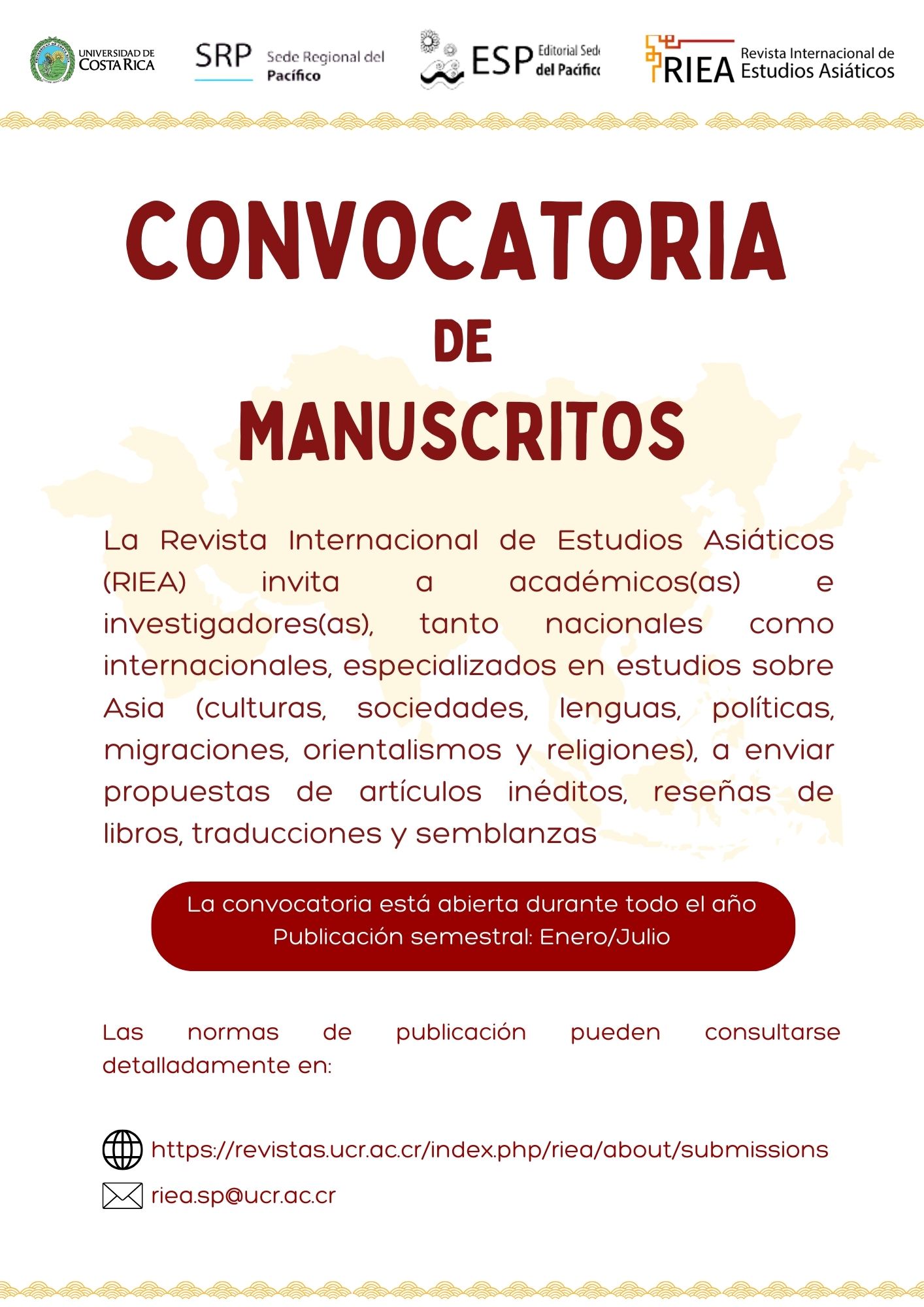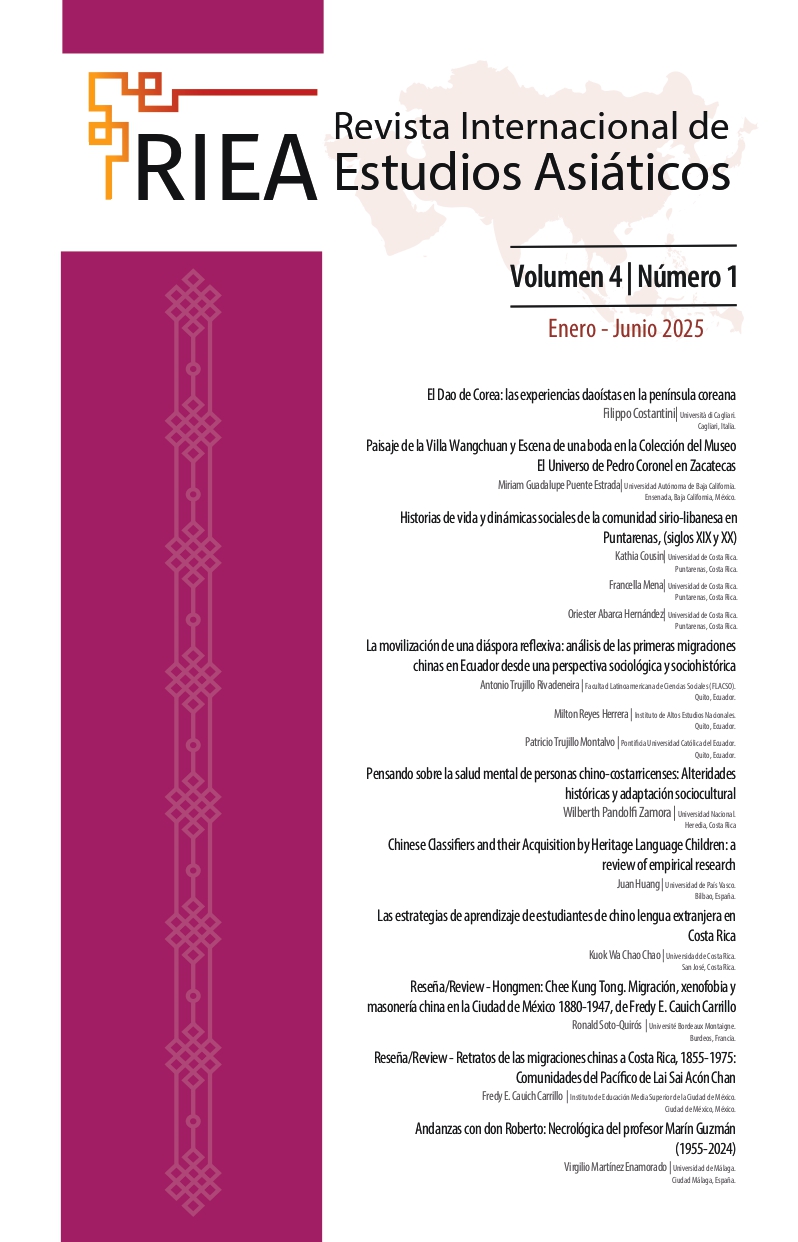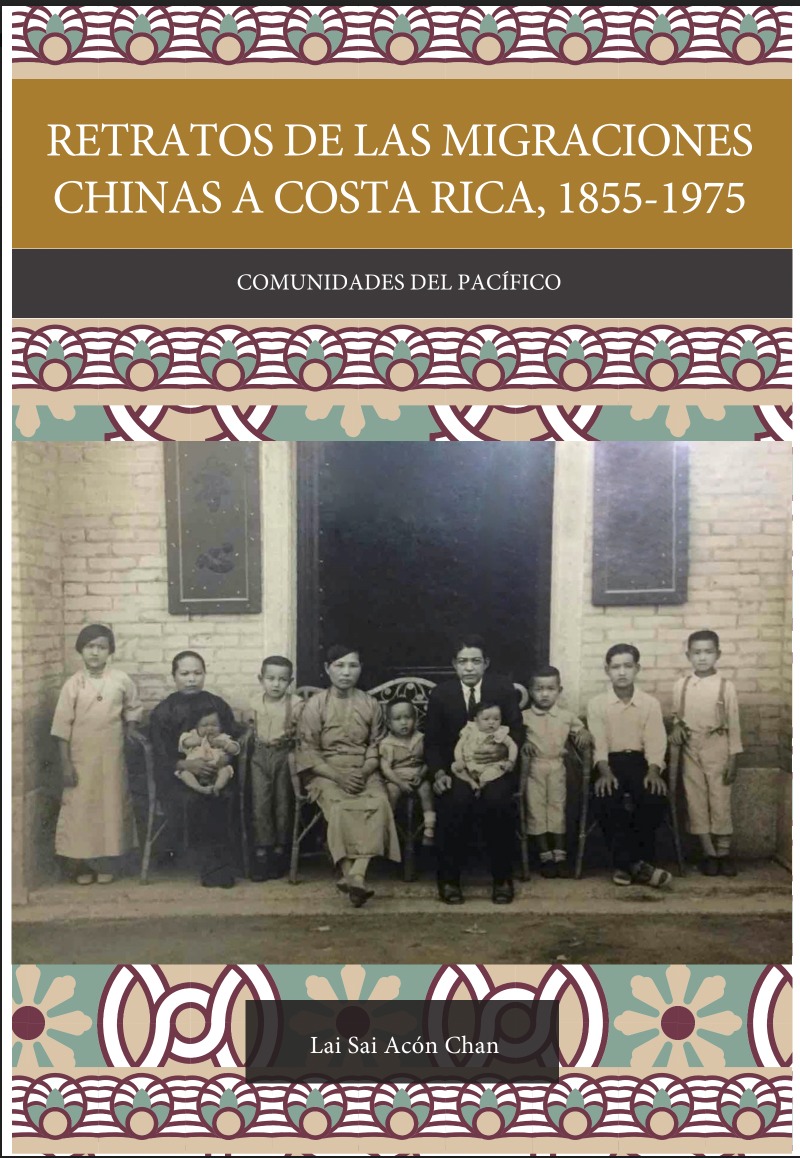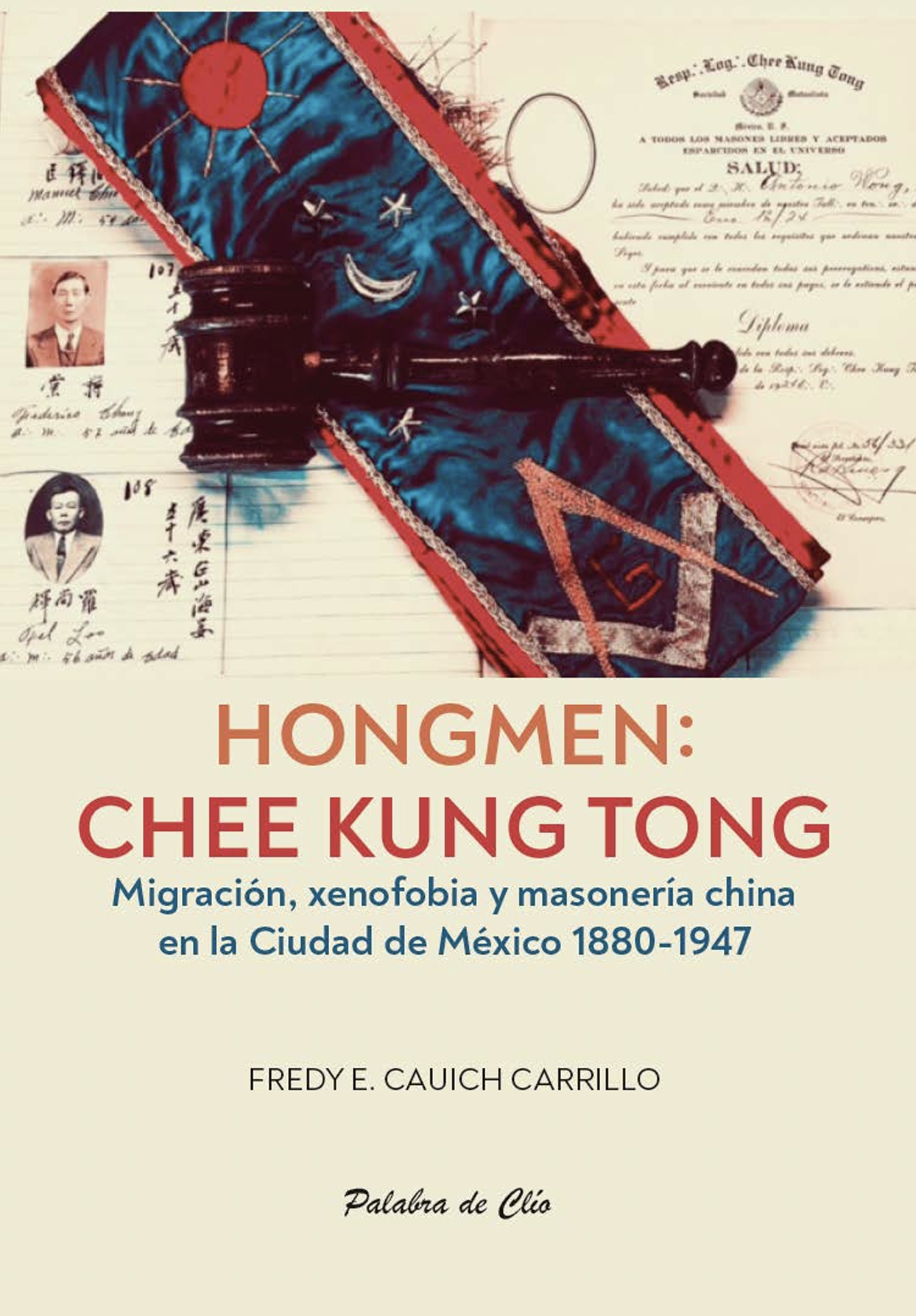Current Issue
Vol.4, no.1, january-june 2025
In the present issue of the International Journal of Asian Studies (RIEA), the exploration of various facets of Asian cultures, both at the continental level and in their diasporic expressions, continues to be deepened. The modern world, with its accelerated dynamics and global consequences, has presented new challenges to these cultural universes; therefore, it becomes imperative that the RIEA to generate academic production that stimulates the understanding of these phenomena.
This issue includes seven articles (from the refereed section), two book reviews and a biographical sketch. The articles offer diverse analytical approaches, addressing phenomena and temporalities ranging from the 19th to the 21st centuries. The topics explored include the transformations that Daoism had in the Korean peninsula, both its belonging to the new religious movements present there, through the Chinese paintings in the collection from the Pedro Coronel Museum of the Universe in Zacatecas, Mexico, to two specific cases of Asian diasporic experiences in Latin America, the Syrian-Lebanese community in the port of Puntarenas and the Chinese in Ecuador.
Additionally, three articles delve into the adaptation processes of specific populations to social and educational practices linked to Chinese culture in Costa Rica. The first investigates the mental health conditions of Chinese-Costa Ricans in relation to their sociocultural adaptation, while the other two examine the use of the Chinese language among the Sino-speaking population and those learning it as a foreign language.
The book review section includes two works that make significant contributions to the understanding of communities of Chinese origin in Latin America and their adaptations to host societies. The reviewed works are Portraits of Chinese Migrations to Costa Rica, 1855-1975: Pacific Communities, a work written by the author Lai Sai Acón Chan, and Hongmen: Chee Kung Tong. Migration, xenophobia and Chinese Freemasonry in Mexico City 1880-1947, research conducted by the author Fredy E. Cauich Carrillo.
Finally, as part of the effort to honor and recover the work and life of Dr. Roberto Marín Guzmán (1955-2024), this issue includes another biographical sketch, written on this occasion by Dr. Virgilio Martínez Enamorado, an Arabist and specialist in the history of Al-Andalus, professor at the University of Málaga, Spain. In this text, Dr. Martínez Enamorado presents a heartfelt tribute to Dr. Marín Guzmán, with whom he shared academic work on topics of mutual interest, along with an affectionate portrayal of the friendship they cultivated over the years because of their academic collaborations. In this way, the RIEA aims to become one of the ideal platforms for deepening the analysis of Dr. Marín Guzmán´s remarkable scholarly legacy.
Esteban Sánchez
San Pedro, Montes de Oca
Announcements
Convocatoria abierta para el envío de manuscritos
La Revista Internacional de Estudios Asiáticos (RIEA) invita a académicos(as) e investigadores(as), tanto nacionales como internacionales, especializados en estudios sobre Asia (culturas, sociedades, lenguas, políticas, migraciones, orientalismos y religiones), a enviar propuestas de artículos inéditos, reseñas de libros, traducciones y semblanzas.

More…
La Revista Internacional de Estudios Asiáticos (RIEA) es una publicación semestral, multidisciplinaria y digital dedicada al estudio de Asia y sus mundos de ultramar. La revista se propone publicar investigaciones académicas sobre las culturas, las sociedades, los idiomas, las políticas, las migraciones, los orientalismos y las religiones de Asia a través de artículos de acción social e investigación, reseñas de libros y traducciones. Esta revista se edita en la Editorial Sede del Pacífico de la Universidad de Costa Rica y se dirige a toda interesada o interesado en la temática, desde miembros de la comunidad académica hasta el público en general. La RIEA es una obra bajo licencia Creative Commons.
OAI-PMH: https://revistas.ucr.ac.cr/index.php/riea/oai
Datos de contacto:
Correo electrónico: riea.sp@ucr.ac.cr
Articles (Peer-reviewed)
Book reviews
La Revista Internacional de Estudios Asiáticos (RIEA) es una publicación semestral, multidisciplinaria y digital dedicada al estudio de Asia y sus mundos de ultramar. La revista se propone publicar investigaciones académicas sobre las culturas, las sociedades, los idiomas, las políticas, las migraciones, los orientalismos y las religiones de Asia a través de artículos de acción social e investigación, reseñas de libros y traducciones. Esta revista se edita en la Editorial Sede del Pacífico de la Universidad de Costa Rica y se dirige a toda interesada o interesado en la temática, desde miembros de la comunidad académica hasta el público en general. La RIEA es una obra bajo licencia Creative Commons.
OAI-PMH: https://revistas.ucr.ac.cr/index.php/riea/oai
Datos de contacto:
Correo electrónico: riea.sp@ucr.ac.cr





